Caribbean Beverages: Basic Overview
Common Ingredients
Common Preparing Methods
Key Taste
Drinking Etiquette
Culinary Festivals
Influence and Fusion
Caribbean Beverages: Origin and Region
Cuisine
Culinary Region
Cuisine’s Regions
Classifications of Caribbean Beverages
-
Alcoholic Beverages
They are essential in the Caribbean’s social and cultural life, with rum being the cornerstone.
Rum-based cocktails are also renowned worldwide.
-
Non-alcoholic Beverages
Fresh fruit juices are commonplace, sometimes with added sugars.
Coconut water is a staple refreshment and base ingredient in many Caribbean beverages.
Traditional drinks made from native plants and herbs are also common.
Caribbean beverages offer a combination of cultural influences and local resources thanks to the region’s history and natural bounty.
These drinks, from rum to tropical cocktails, their drinks have diverse flavors and ingredients, such as tropical fruits (e.g., pineapple, mango, and coconut), and spices (e.g., nutmeg, allspice, and cinnamon).
It’s easy to feel overwhelmed by the vast array of beverages from Cuba, Trinidad and Tobago, Jamaica, Puerto Rico, Haiti, the Dominican Republic, Dominica, the Virgin Islands, the Bahamas, and other islands.
By the end of this read, you’ll learn about the fascinating features of Caribbean cuisine, the many Caribbean beverage types, and the unexpected health benefits they pack. Plus, you’ll learn how to pair these tropical gems with your meals.
25 Popular Caribbean Beverages with Filters
Check out the 25 best Caribbean drink choices below, sorted by how popular they are. This easy guide shows you many details, such as their ingredients, appearance, how they taste, and even origins.
Also, you can quickly learn more about them as traditional, national, fusion, exotic, and street drinks.
These drinks are a mix of traditional ingredients with modern flavors, like combining classic Caribbean elements like rum and tropical fruits with contemporary tastes and trends.
Mojito
- Alcoholic
- National
- Traditional
Mojito is a traditional Cuban cocktail that paints the perfect picture of a hot Havana summer for me. The concoction beautifully combines five ingredients: sugar (originally sugar cane juice), white rum, soda water, lime juice, and mint.
Mint leaves are a critical ingredient for crafting a mojito. Ideally, you want to muddle them with sugar gently and lime juice to keep the bitterness at bay.
In Cuba, the drink may come with Yerba Buena or Hierbabuena (local aromatic plants in the mint family). Another variant called Cojito adds a tropical hint with coconut-flavored rum.
Rum
- Alcoholic
- National
- Traditional
Rum is a clear spirit fermented and distilled from sugarcane molasses or juice. Its stay in oak barrels gives it a unique toasted sugar note, and the variety of infusions can enhance its flavor profile.
White rum, clear and light, is often used in cocktails for its smooth, subtle taste. Dark rum, aged longer, offers a deeper, more complex flavor profile with hints of spices and caramel.
Golden rum, with its amber hue, strikes a balance between the two, offering a smooth taste with a richer body than white rum. Coconut rum, infused with coconut flavor, adds a tropical sweetness to drinks.
Rum Punch
- Alcoholic
- Traditional
Rum Punch cocktail goes with the saying, “one of sour, two of sweet, three of strong, and four of weak.” The phrase is an instruction on how to blend fruit juice, rum, sugar syrup, and water in a large glass or jug to create a perfect rum punch.
Served over ice, the punch is a chilled, flavor-rich sip. I find a dash of bitters or a sprinkle of nutmeg elevates the taste, while pineapple juice makes a fine addition to the final tropical touch.
Piña Colada
- Alcoholic
- National
- Traditional
Piña Colada is a go-to refreshment. This cocktail, translating to “strained pineapple,” is an elegant blend of rum, cream of coconut or coconut milk, and pineapple juice. A pineapple wedge or maraschino cherry as garnish completes the appeal.
You can serve it blended, like a fruity smoothie, or shaken with ice. The sweetness level is yours to play with by adding more or less coconut cream. The virgin version excludes alcohol and can suit all ages.
Coquito
- Alcoholic
- Traditional
Literally “little coconut” in Spanish, Coquito is a much-awaited traditional Christmas treat. The drink is like a version of eggnog. It comes in many variations, as every family adds a unique touch.
However, my favorite is a mix of Puerto Rican rum, coconut milk, coconut cream, condensed milk, vanilla, nutmeg, clove, and cinnamon. The combo boasts a sweet and robust taste. Sipping on Coquito in a shot glass after dinner is a brilliant plan to enjoy the cold nights.
Daiquiri
- Alcoholic
- National
- Traditional
Daiquiri is a classic cocktail popularized in the 1940s. It shares similarities with British grog from the 1780s that British sailors loved. Daiquiri is often a simple blend of rum, fresh lime juice, and sugar, striking a lovely balance between sweet and sour flavors.
It has evolved to serve in a coupe glass since its early days in tall glasses with ice. As the summer heat flares up, I like to prepare it with crushed ice to create a frozen version that tastes like a slushy treat.
Cuba Libre
- Alcoholic
- National
- Traditional
Cuba Libre, literally translating to “free Cuba,” is a concoction that roots back to the early 1900s. The simplicity impresses me with a highball cocktail featuring light rum (I lean towards Bacardi) and coke.
Cheap yet flavorful, Cuba Libre leaves room for creativity. For instance, you can experiment with different rum types and colors or add a splash of lime juice for extra zest.
Malibu
- Alcoholic
- Exotic
In 1978, Tom Jago gave the world Malibu, a coconut-flavored liqueur with a light character and subtle aromas. Produced in Barbados, this delight is made from Caribbean molasses-distilled rum. It is the coconut-flavored rum of choice in bars worldwide.
Its gentle essence of coconut and 21% alcohol content make it a popular choice among rum lovers. Pernod Ricard, the French company that owns Malibu, prefers to call it “flavored rum.” Malibu is primarily used in tropical cocktails, especially simpler Piña Colada preparation.
Cuban Espresso
- Non-Alcoholic
- Street Beverages
- Traditional
Cuban espresso is also known as Cafe Cubano, Cuban coffee, Colada, Cuban pull, Cafecito, and Cuban shot. This drink is integral to Cuban and Cuban-American social life. It is particularly loved in Cuban-American communities in Miami, Tampa, and the Florida Keys.
This espresso shot is uniquely sweetened with natural brown sugar, creating a distinctive taste. The coffee drink is commonly prepared with a moka pot, although a coffee machine works just fine. Usually, locals employ Italian or Spanish roasted beans for making Cafe Espresso.
Typically, you might see it paired with tasty Cuban dishes for a light meal like tostada, pastelitos, or pastries. You can also try a richer variation of Cafe Cubano called Colada, which includes 3 – 6 shots of this espresso served in a styrofoam cup.
Coconut Water
- Non-Alcoholic
- Street Beverages
- Traditional
Inside a coconut lies a clear liquid known as coconut water. You can easily find it in tropical nations and sip it fresh or from a can or bottle. In local streets, particularly at Pigeon Point, coconut trees are a common sight.
Aside from quenching thirst, coconuts are crucial in many Orisha and Hindu rituals (the latter is a major religion on the islands). Coconut water provides many nutrients like potassium, calcium, manganese, antioxidants, amino acids, and cytokinins.
Planter’s Punch
- Alcoholic
- Traditional
The history of Planter’s Punch cocktail is rooted in both Charleston’s Planters Hotel, South Carolina, and the island of Jamaica. Its appeal lies in a splendid mixture of dark Caribbean rum, grenadines, sugar syrup, and fresh juice (oranges, pineapples, and lemons).
It’s normally shaken it with ice, then served in a large glass with a dash of Angostura bitters for a finishing touch. Then, a pineapple wedge and a cocktail cherry complete the garnish.
Ti’ Punch
- Alcoholic
- Traditional
Ti’ Punch translates to “small punch,” a beloved rum-based concoction in Martinique, Guadeloupe, Haiti, French Guiana, Réunion, and other French-speaking Caribbean islands. Martinique and Guadeloupe proudly declare it as their national cocktail.
Its composition leans towards simplicity yet yields a flavorful punch like a daiquiri. White rhum agricole (sugarcane juice rum), lime, and cane syrup blend well in this drink. It uses lime fruits rather than lime juice; the added zest gives Ti’ Punch an edge over the daiquiri.
This drink is traditionally served as an apéritif. Bartenders may present the ingredients separately, allowing guests to create their own mix. The mix also has another name, “petit punch,” with the word “petit” shortened to Ti’.
Aruba Ariba
- Alcoholic
- National
- Traditional
Aruba Ariba is a popular Caribbean cocktail that originates from Aruba. It’s a vibrant and refreshing drink known for its unique combination of flavors and bright colors.
Typically, it includes a mix of vodka, rum (often the local Coecoei liquor), and sometimes a splash of another liqueur like Grand Marnier.
The cocktail is then brightened with a blend of fruit juice, commonly orange, pineapple, and cranberry juice, giving it a sweet, tangy taste with a hint of bitterness. It’s often garnished with a slice of orange or a cherry.
Curaçao Liqueurs
- Alcoholic
- Exotic
- National
- Traditional
Curaçao is a liqueur flavored with the dried peel of the bitter Laraha orange. It offers a surprising mix of sweet and bitter flavors with a unique orange essence. Due to a lack of specific production regulations, many countries can bring their own spin to this versatile liqueur.
Various forms of this liqueur are on the market, but the most popular is an orange-tinted dry variety or a vivid blue, which adds fruit notes and eye-catching color to any cocktail.
Bahama Mama
- Alcoholic
- Traditional
One of my favorite tropical cocktails has to be the Bahama Mama. This festive drink is a lively combination of light, dark, coconut rum, and orange and pineapple juice.
The final touch is a splash of grenadine, creating a spectacular beverage whose color can range from orange to vibrant red. A thorough shake blends these ingredients into the perfect refreshment.
Angostura Bitters
- Traditional
As a herbal alcoholic concoction, Angostura bitters is a product from the town of Angostura and is now proudly made by the House of Angostura company in Trinidad and Tobago. The blend is a concentrated bitter of gentian, herbs, and spices, though surprisingly devoid of angostura bark.
The unmistakable oversized label on the bottle is as iconic as the bitters itself. While the drink is perfect for flavoring various beverages and foods, Trinidadians also value it as a remedy for digestive issues. In addition, people also feature Angostura in many cocktail recipes.
Sorrel Tea
- Non-Alcoholic
- Traditional
Sorrel tea is the favorite beverage in Caribbean holiday celebrations. It radiates warmth and festive spirit during Christmas and New Year.
This dark red, tangy, and spice-infused drink derives its distinctive taste from the calyces of red hibiscus flowers, enhanced by cinnamon or orange peel.
The beauty of this drink is in its flexibility, as the sweetness can be adjusted to taste, and its strength can be dialed down by diluting before serving.
Beer
- Alcoholic
- Traditional
Each island in the Caribbean has a distinctive beer. You might find a pale lager, stout, or non-alcoholic malta distinct to each locale.
For instance, the national beer of Antigua is Wadadli beer. In the Bahamas, Kalik beer is the go-to option for locals. Barbados has a soft spot for Banks beer and Tinima and Bruja. Kubuli from Dominica is a top pick for a taste of amber beer.
Dominica also has a rich selection of brands: Presidente, Presidente Black and Presidente Light, Bohemia Especial, La Benedicta, The One, and Quisqueya. Haiti’s bestseller is Prestige, while Red Stripe is a hit in Jamaica. Saint Lucia offers Piton beer.
Global brands like Heineken Pilsener and Guinness Foreign Extra Stout are also favorites across the region.
Ginger Beer
- Non-Alcoholic
- Traditional
Ginger beer is a refreshing Caribbean beverage, oozing with a bold ginger taste and a zesty lemon twist. It’s a sweet, spicy, non-alcoholic treat for all ages. But Jamaicans love adding a splash of rum for an extra kick.
If you make the drink at home with fresh ginger and lemon juice, it will likely lack the carbonation in store-bought ones. But that absence doesn’t compromise the overall flavor.
Ting
- Non-Alcoholic
- Street Beverages
- Traditional
Ting is a popular carbonated beverage in the Caribbean. It is made from Jamaican grapefruit, with a sweet and slightly tangy flavor.
The drink is often enjoyed on its own or used as a mixer in cocktails to enhance the tropical flavor.
Its light, crisp, and refreshing nature makes it popular, especially in hot weather.
Mauby
- Non-Alcoholic
- Traditional
Mauby goes by different names: Maví in Puerto Rico, Mabi in Haiti, or Maubi in the Virgin Islands and Dutch Caribbean islands of St. Eustatius, St. Maarten, and Saba. This bittersweet beverage is an acquired taste with deep roots in the region’s culture.
The heart of mauby is the bark or fruit of Colubrina species, which are mixed with sugar to create its unique brownish brew. Traditional recipes add a dash of aniseed for a spicy hint.
From humble beginnings as a fermented beverage made in small batches, mauby has since evolved into a widely consumed non-fermented commercial soft drink.
Peanut Punch
- Non-Alcoholic
- Street Beverages
- Traditional
Peanut Punch is a Caribbean favorite that packs a delightful blend of milk, sugar, and peanuts or peanut butter. You can easily find the mix infused with spices in Trinidad and Tobago or a dash of rum in other places.
More creative variations may replace milk with its condensed counterpart and add granola mix or cornflakes. Jamaican renditions often use roasted peanuts, commercial peanut powder, and perhaps white rum or stout beer.
With its high energy, fat, and protein content, some view this drink as an aphrodisiac. Peanut punch is never far from reach, especially at grocery stores and supermarkets across the Caribbean region.
Blue Mountain Coffee
- Non-Alcoholic
- Traditional
Blue Mountain coffee has been grown in Jamaica’s Blue Mountains since its first introduction to the country in 1728. It usually employs an Arabica bean variety called Typica from Ethiopia.
When brewed, this bean produces a mild flavor with hardly any bitterness, a quality that makes it one of the priciest and most coveted coffees around the globe. Interestingly, most of the exported Blue Mountains coffee goes to Japan.
Most often, the coffee comes in three grades based on size and defects, with number 1 beans being the largest and most flawless. As for the number 2 and 3 beans, they tend to have some small defects that lower their rating.
Sky Juice
- Alcoholic
- Traditional
Sky Juice was the creation of the bartenders at Goldie’s Conch House. This creamy cocktail is a mix of gin, coconut water, and sweetened condensed milk, plus nutmeg and cinnamon for extra fragrance. It is perfect for serving over ice.
Other variations of this drink may swap gin for rum. Normally, Sky Juice harmonizes perfectly with hearty dishes like cracked conch, macaroni and cheese, or peas and rice. Interestingly, in Malaysia, the word “sky juice” only means regular water.
Mama Juana
- Alcoholic
- Traditional
Mama Juana (aka Mamajuana) is an alcoholic mix tracing back to the native Taíno people. This spiced alcohol incorporates rum, red wine, and honey with tree bark and herbs, reflecting its initial purpose as a medicinal tea. The herb blends are sold separately.
Its deep red color and port wine-like taste make Mama Juana a unique addition. Whether sipped neat, enjoyed as a room-temperature shot, or used as an ingredient in cocktails, this versatile concoction is widely available at duty-free shops, resorts, and liquor stores.
List of Caribbean Beverages
What Are Influences on Caribbean Beverages?
The Caribbean’s beverage culture has been profoundly influenced by many factors, like its complex history, diverse cultures, and natural resources. Here are several key influences:
What Makes Caribbean Rum Unique?
Below are five main points to prove the uniqueness of rum in the Caribbean.
Rum is also a key component in many cocktails in the regions, playing a certain part in their festive events.
Why Are Cocktails Essential for Caribbean Celebrations?
There are four reasons why making cocktails is important in celebrations and events, such as:
Next, let’s learn more about what types of alcoholic beverages are loved across the region.
Which Non-Alcoholic Drinks Are Caribbean Favorites?
Following are three key drink types that are well-loved in the Caribbean.
Drink options made from fruits also pack many healthy benefits, which will be discussed in more detail in the next section.
Can Traditional Caribbean Beverages Improve Your Health?
Caribbean drinks, especially non-alcoholic ones, are often made from ingredients packed with various health benefits.
In case you wonder what drink paired with dishes in Caribbean cuisine, keep reading!
What Are Ideal Caribbean Beverage To Go With Dishes?
Choosing the right beverage to accompany your tasty Caribbean delicacies can enhance the dining experience by complementing the flavors of the food. Here are some ideal combinations:
As I pour the last drop on this flavorful exploration of Caribbean beverages, I can’t help but marvel at the refreshing variety and zestful spirit they bring. It’s like enjoying a world brimming with sun, sand, and endless summer vibes.
If this tropical tale stirs your thirst, share this whirlwind of flavors with friends. Comment on this article, and let’s make the Caribbean beverage story as lively as the drinks themselves!


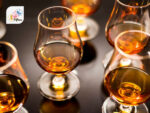


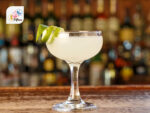
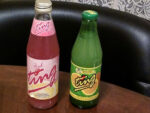


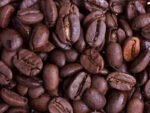
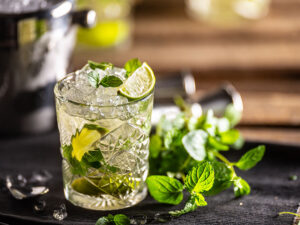
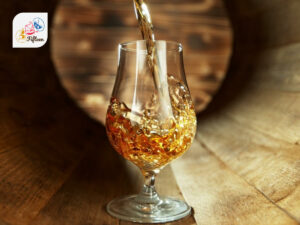
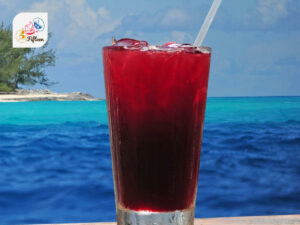
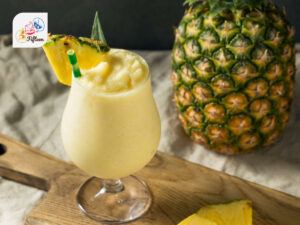
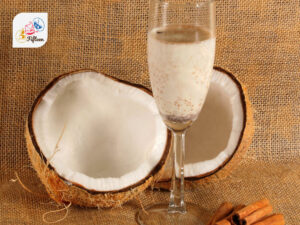
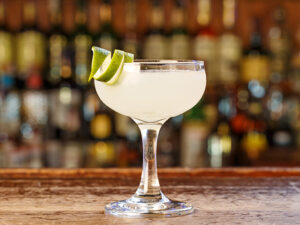
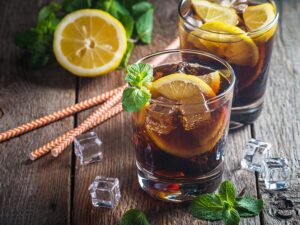
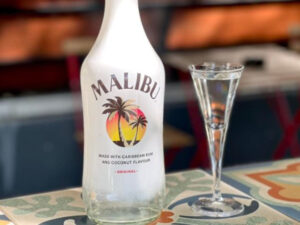
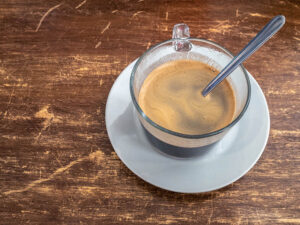
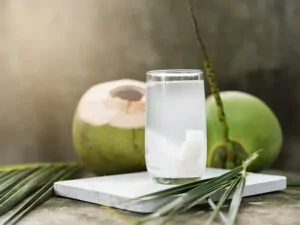
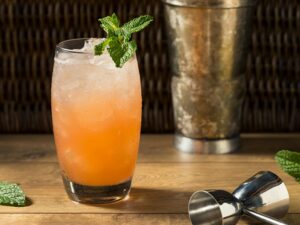
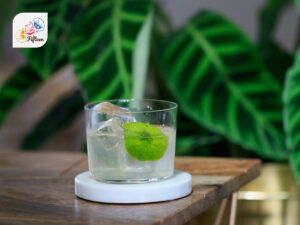
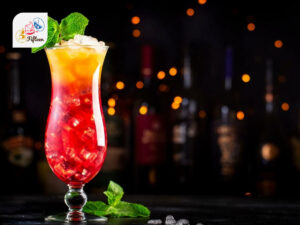
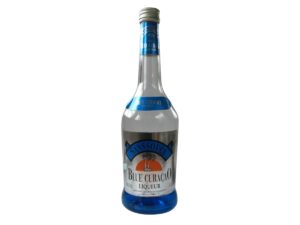
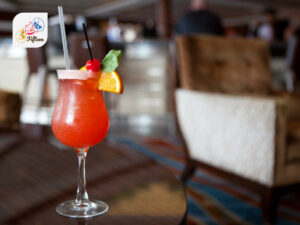
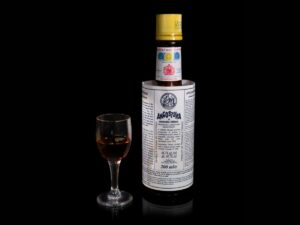
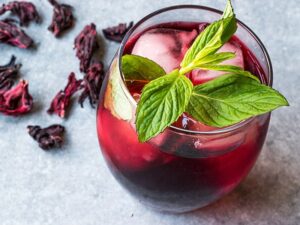
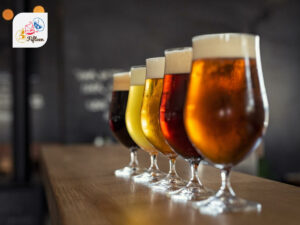
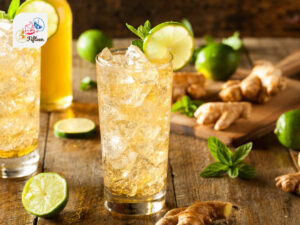
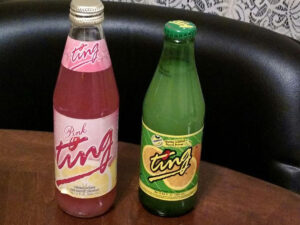
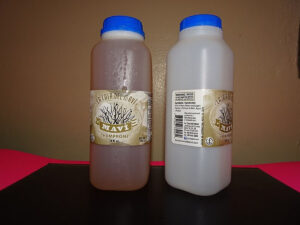
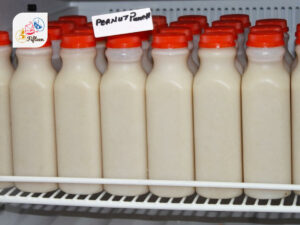
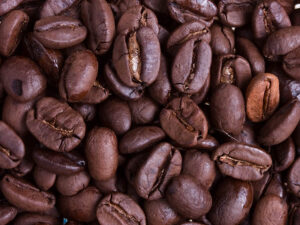
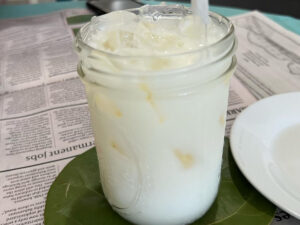
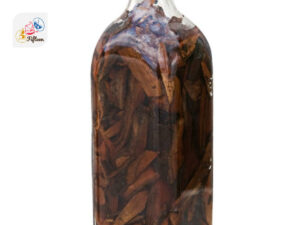
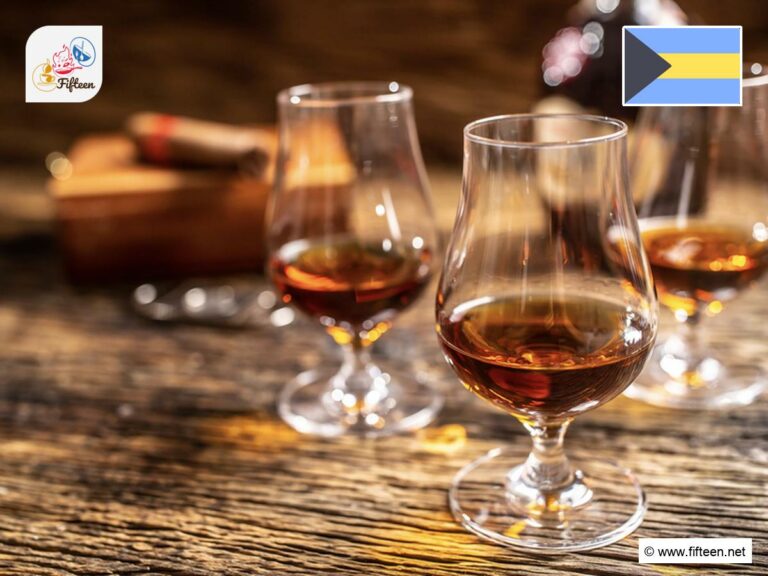
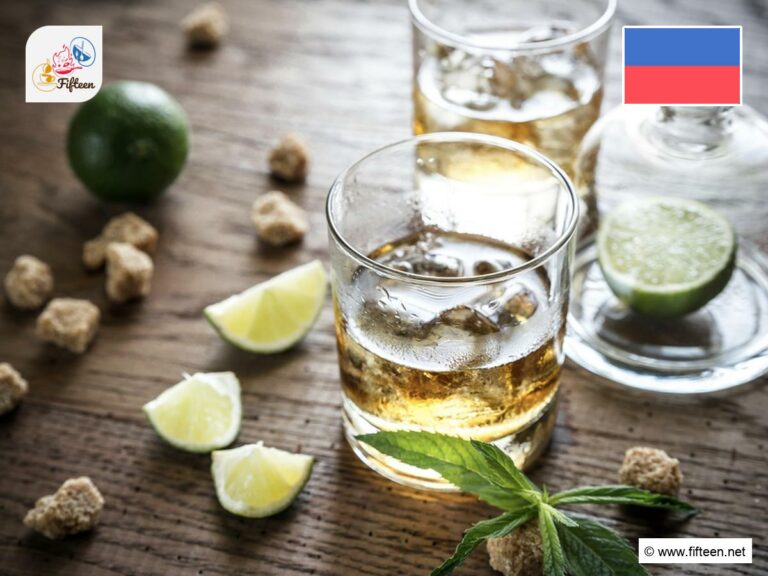
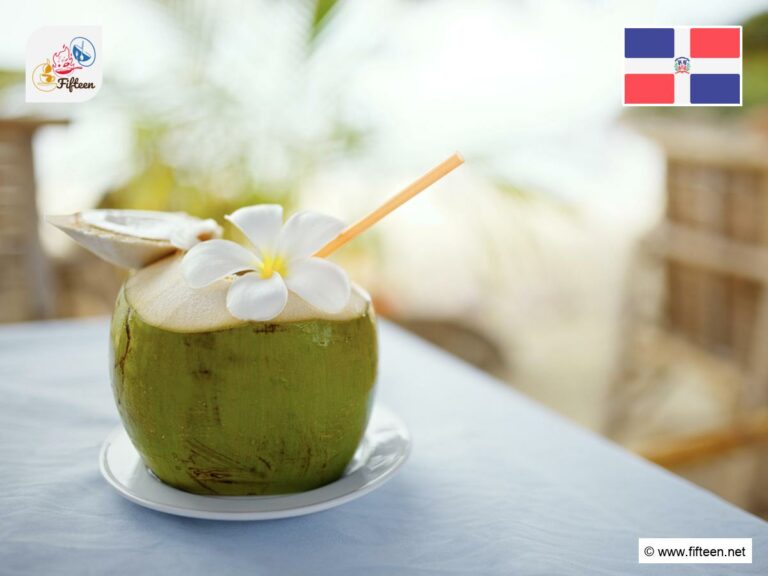
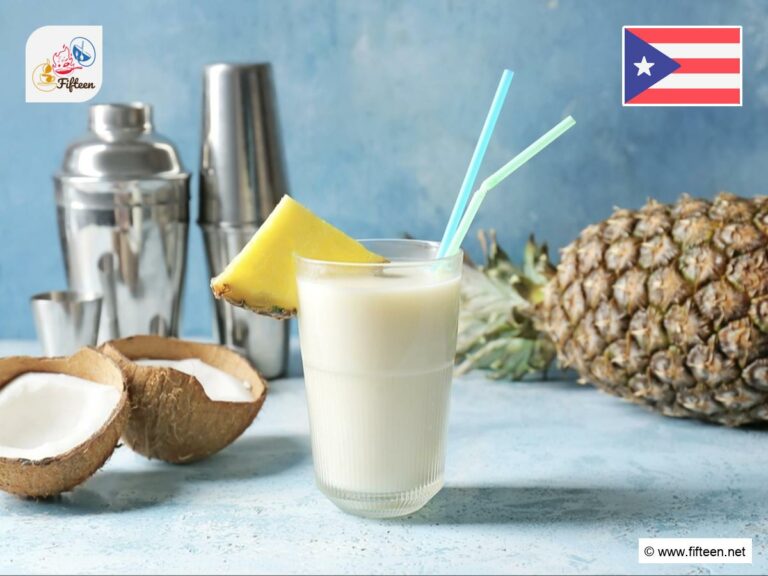
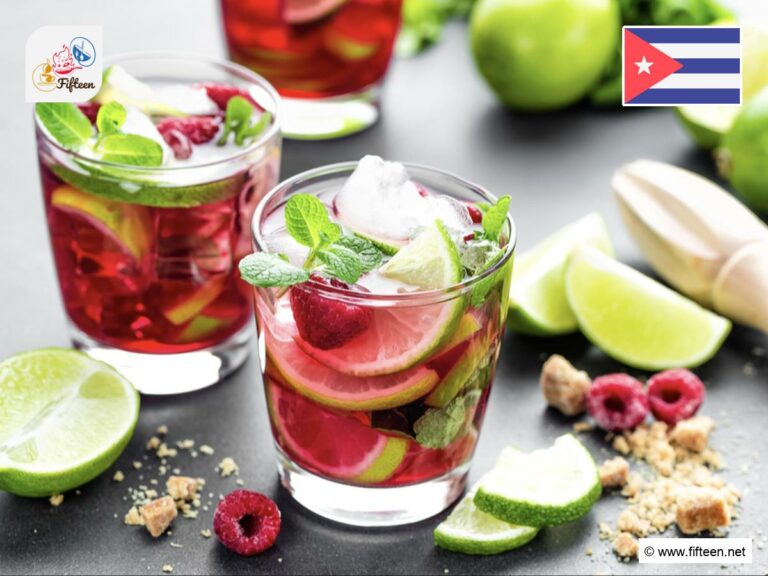
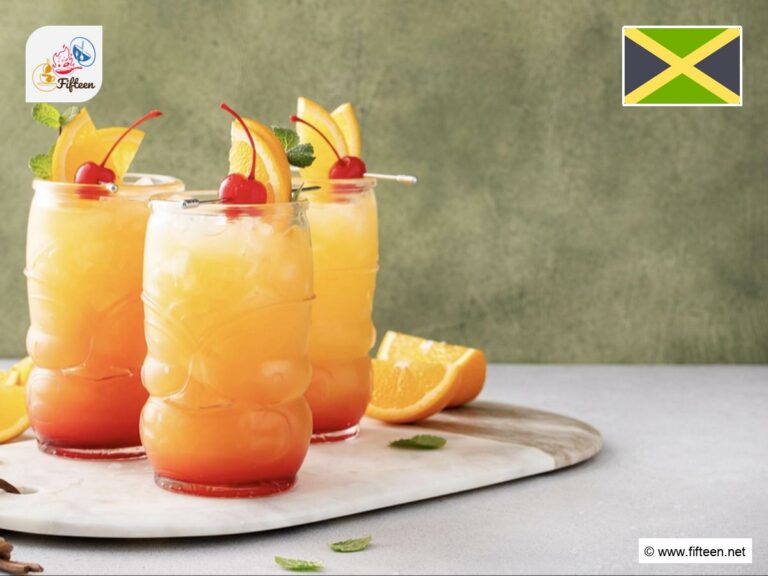
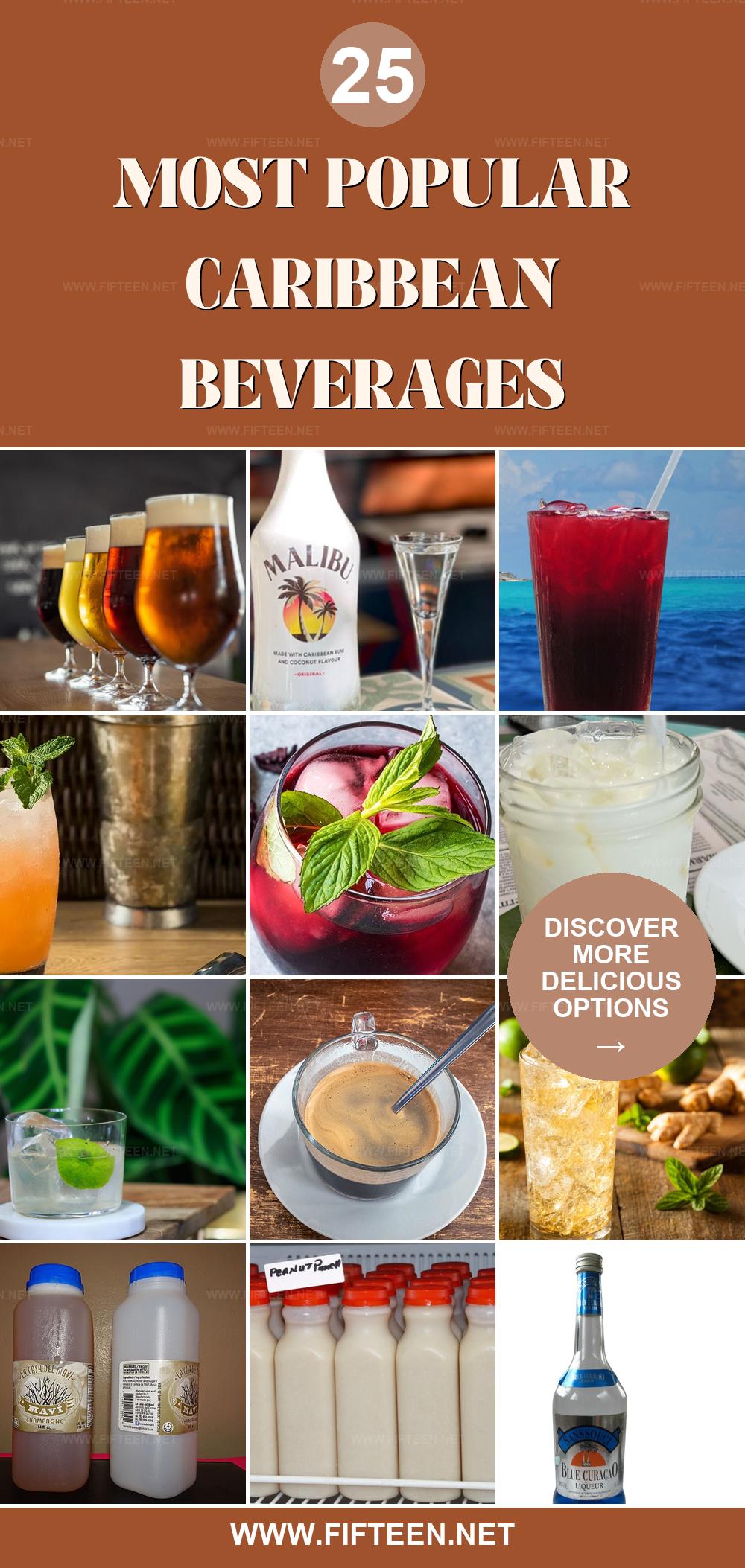
Jamie Scott
Editor in Chief, Senior Content Writer
Expertise
Home Cooking, Meal Planning, Recipe Development, Baking and Pastry, Food Editor, Cooking-video Maker, Western Food Evaluation Expert
Education
Le Cordon Bleu College of Culinary Arts
Local Community College, New York, NY
Jamie Scott is a skilled culinary expert and content creator specializing in Western cuisine. With over 15 years in the culinary field and formal training from Le Cordon Bleu, Paris, Jamie deeply understands how to blend nutrition with delicious flavors. His passion for cooking matches his commitment to making healthy eating accessible and enjoyable.
On Fifteen.net, Jamie brings a fresh perspective to classic dishes and beverages, offering readers insightful recipes, cooking tips, and a fresh view on meal planning that emphasizes taste, health, and simplicity.